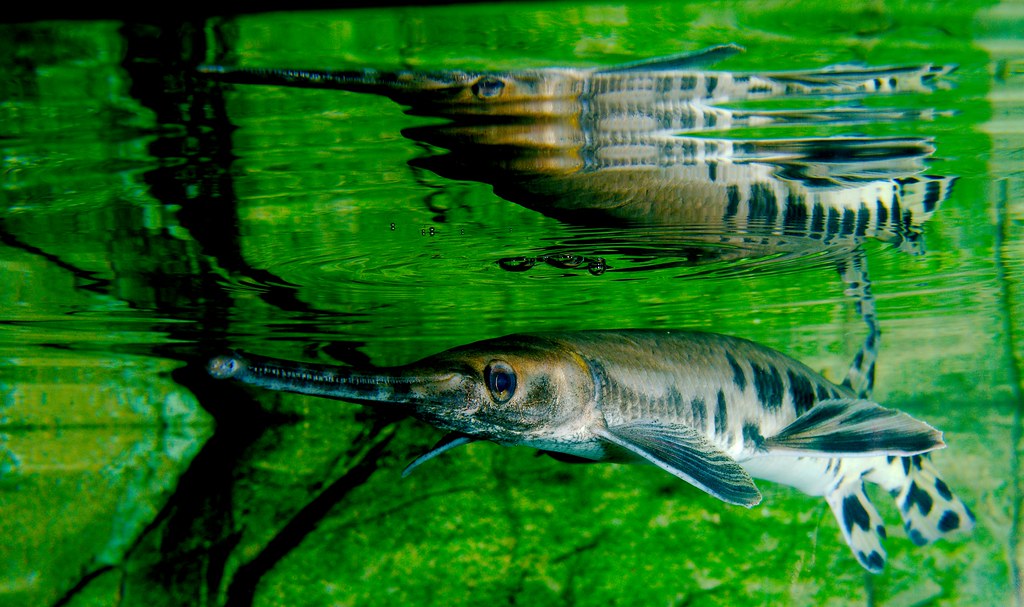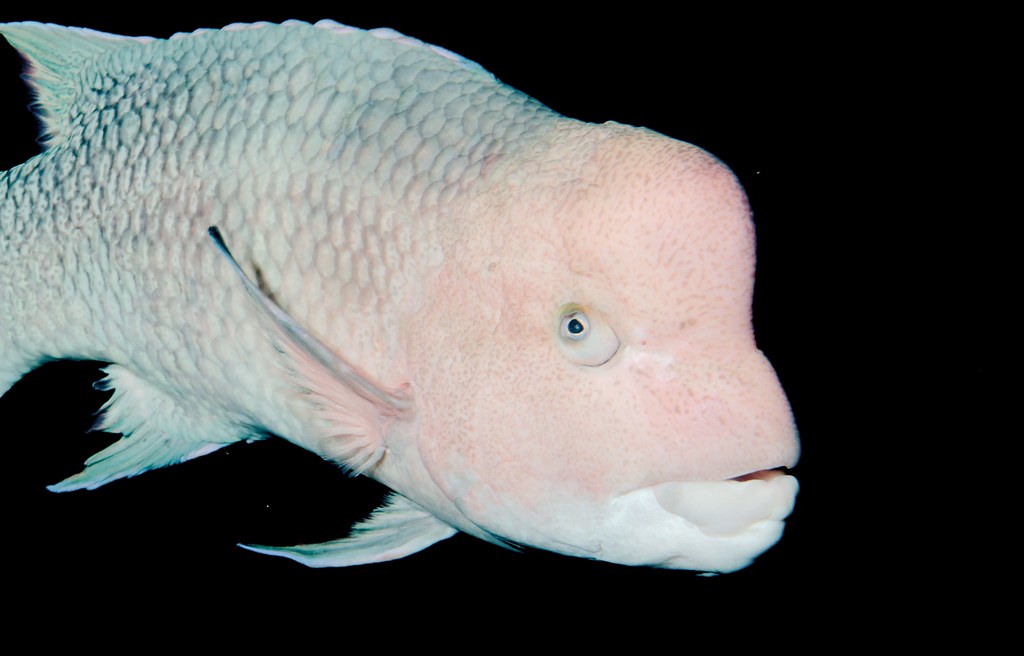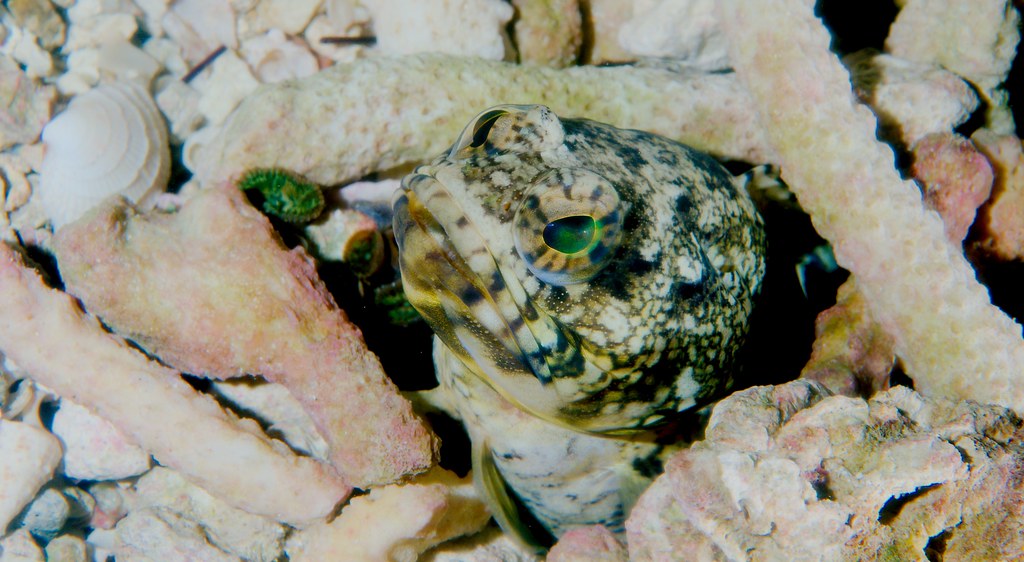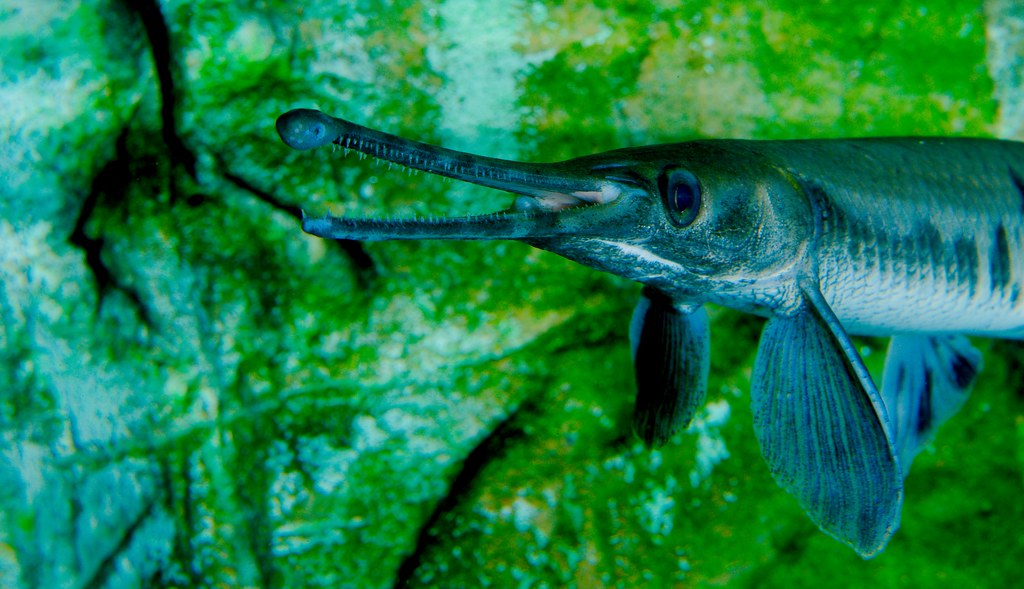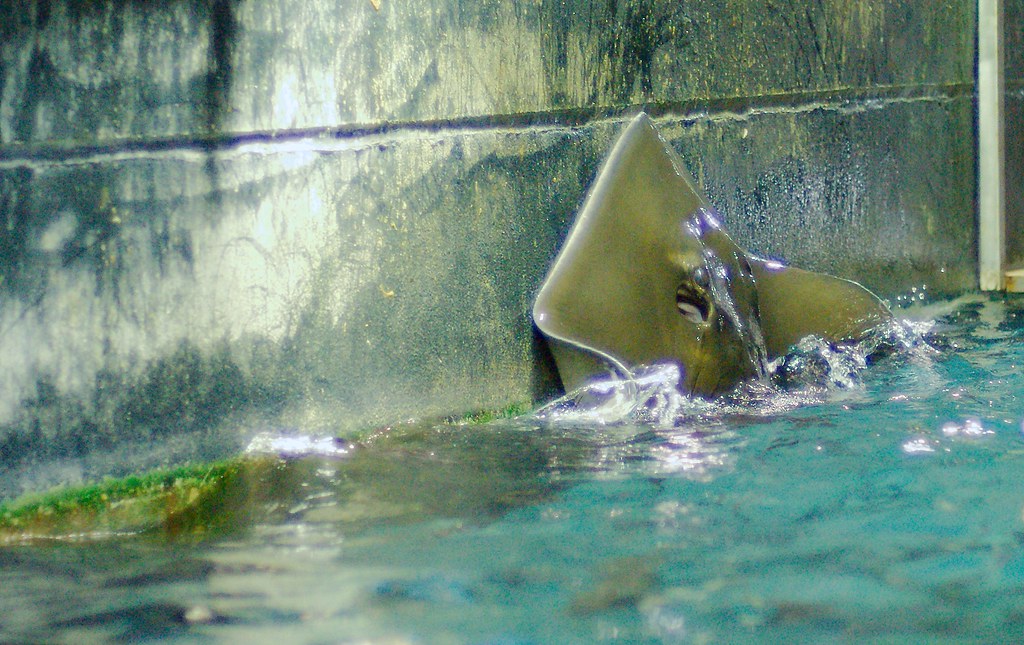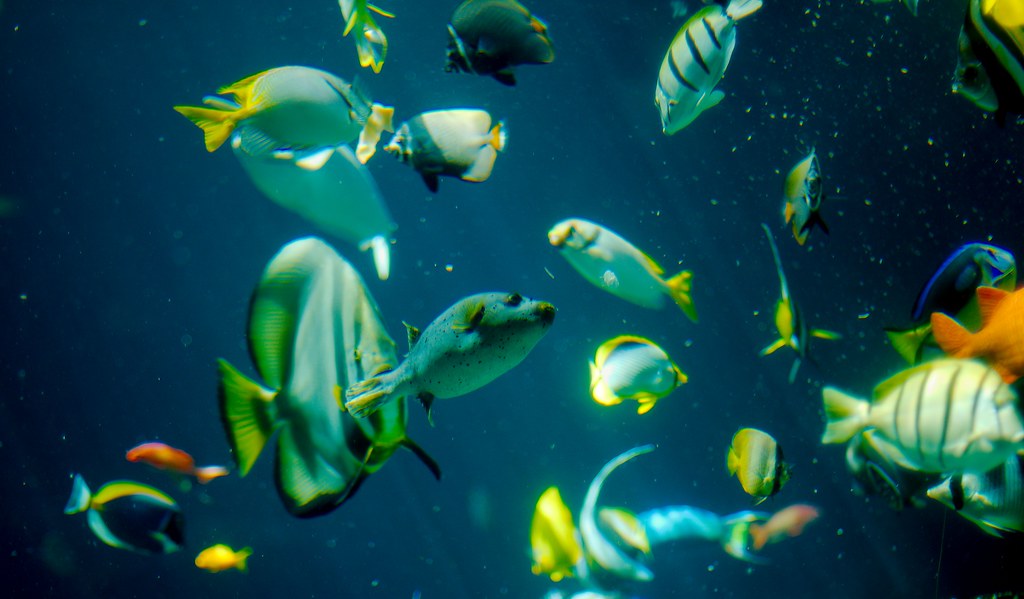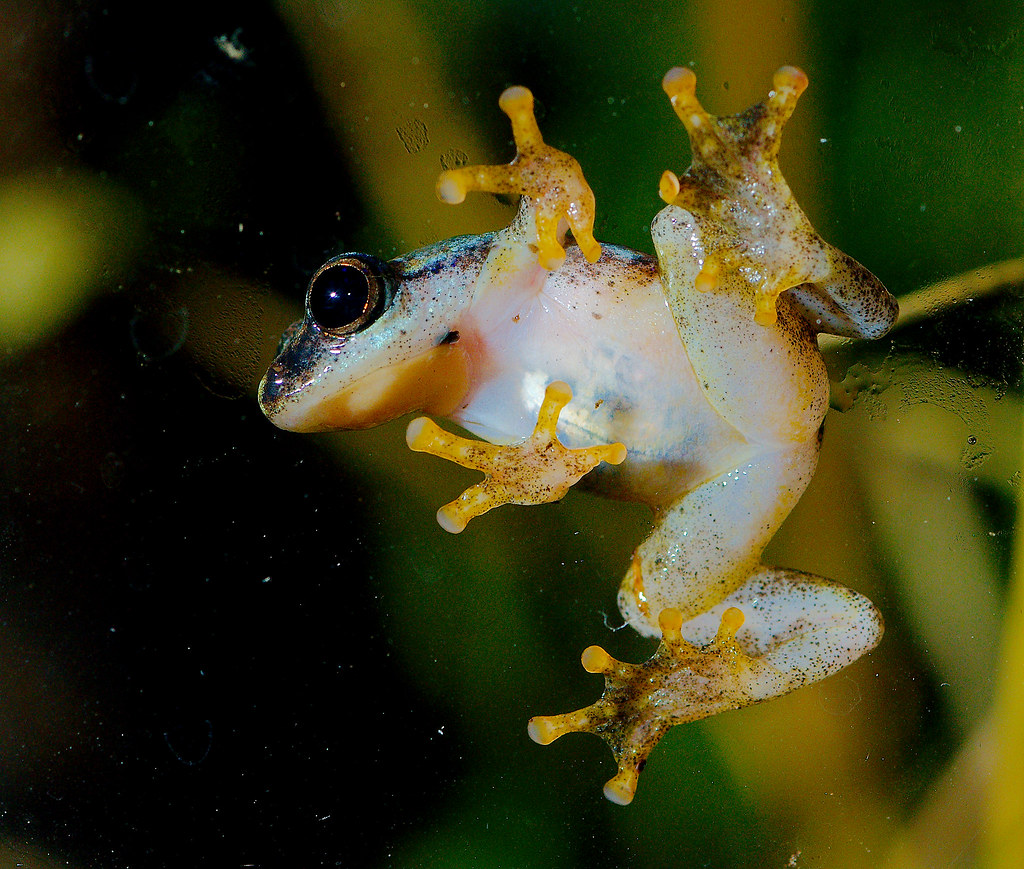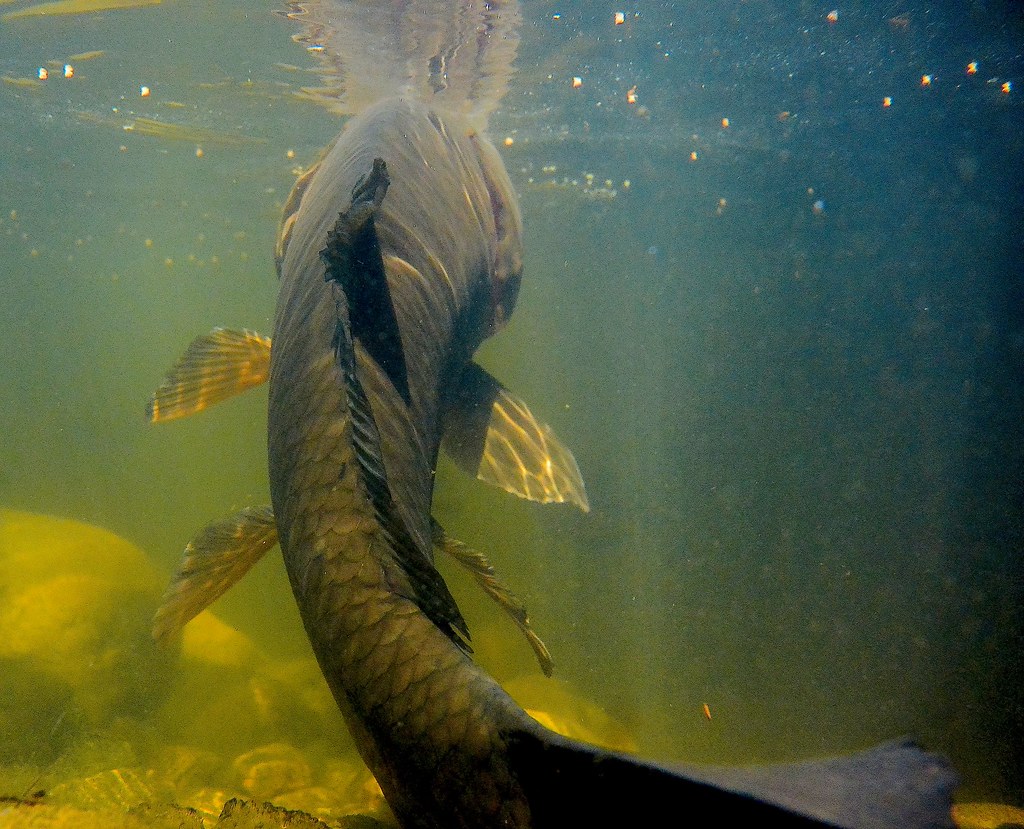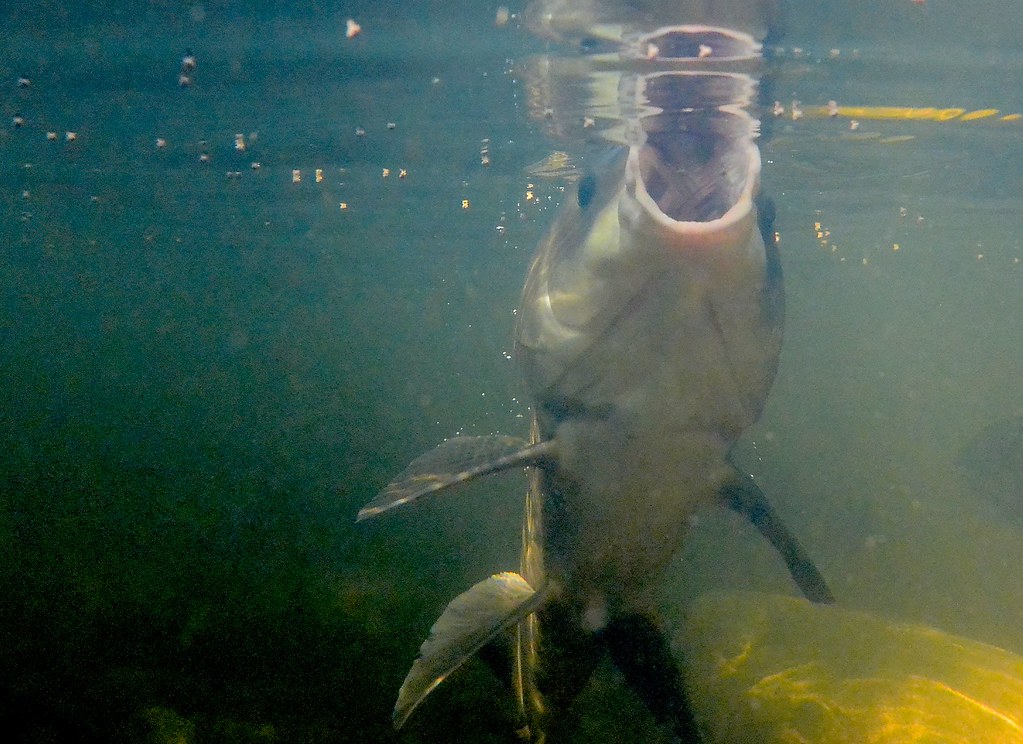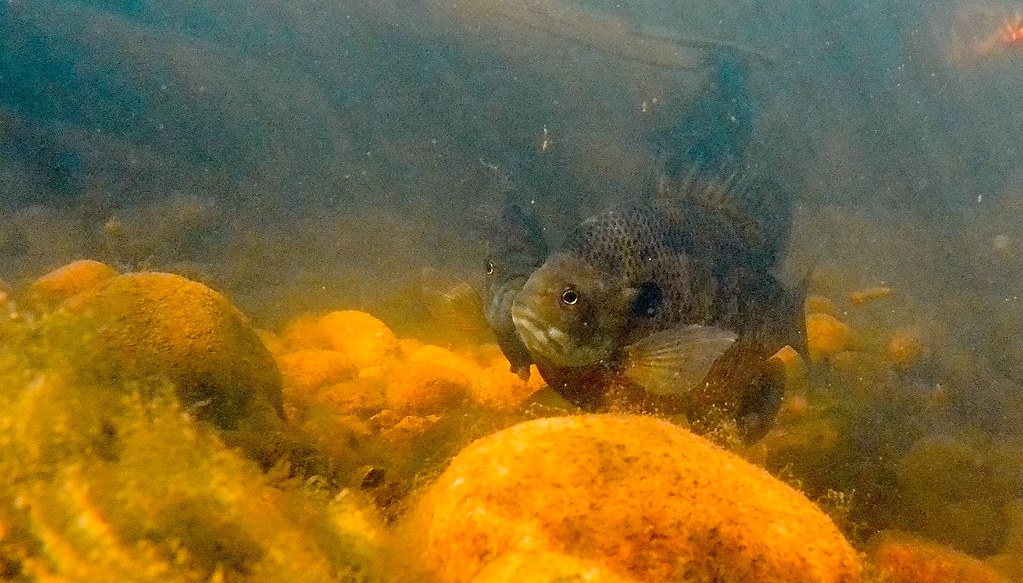When fish get lonely, they swim to the surface where they can always find a friend.
Category Archives: Fish
Fish
Talosians were once a technologically advanced culture but a nuclear holocaust left their planet virtually uninhabitable and killed most of the species. The survivors of the nuclear war congregated in underwater dwellings, where they became dependent on their mental ability to create stunningly real illusions, an ability that had been developed by their ancestors. As their mental powers grew, they lost the ability to use the technology left behind by their ancestors and eventual evolved into fish.
Gobi
Fish jokes!
Did you know why fish don’t play basketball?
They’re afraid of the net
What do sea monsters eat?
Fish and ships.
How can fish be both thin from the outside, but still be full of fat?
Because they can’t calculate BMI. They just have scales.
Why did the goldfish go bankrupt?
Because he invested in metals but lived in a credit-based economy.
Two fish are swimming in a tank. One asks to the other “Do you know how to drive this?”
Why are fish always a little bit inscruitable?
There is always a piece of cod that passeth all understanding
Where do all the poor cephalopods live?
Squid row
How many fish does it take to screw in a light bulb?
Only one fish, but 47 lightbulbs. Flippers are slippery.
Ha!
Ray
Fish
Mudskipper
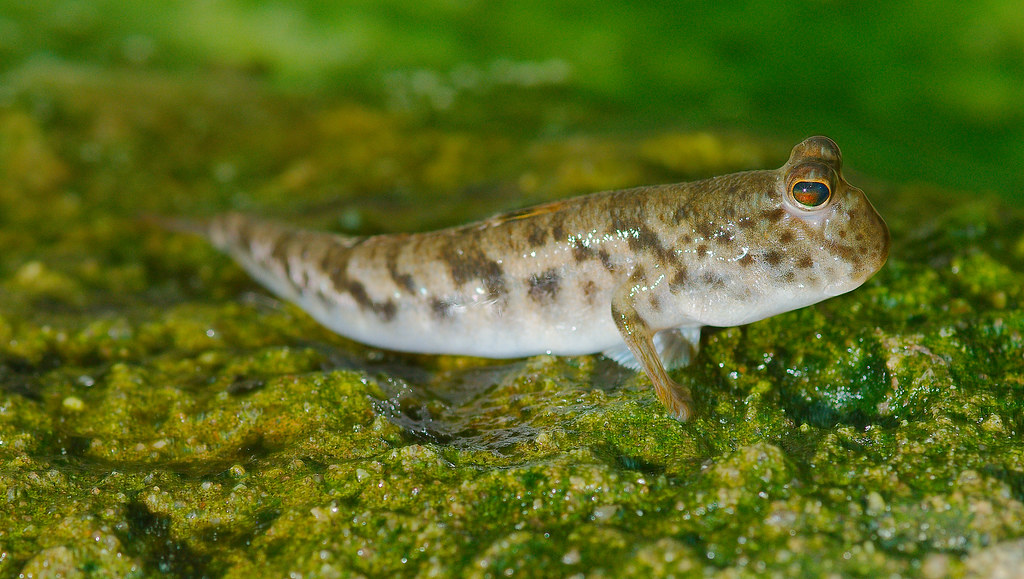
It is believed that the first fish to move onto land did so to avoid increased predation in the seas. This makes sense, because if there was little on land but plants and insects, it would be a safe place to be, so long as you could handle the sun. Today’s fish, not so much. If you’re leaping out of the water, you’re coming into a land that has birds, cats and crabs to eat you as well as the same sorts of insects that existed millions of years ago. This is of particular interest because those three types of animals (avian, mammal, insect and arthropod) have different kinds of eyes. Thus, if you want to be safe, you have to be able to see them without them seeing you. On top of that, you want your camouflage to work underwater as well. Thus, you get this type of patterning, where the top and sides match the rocks on which the fish sits and the bottom is lighter to blend in with the brightly-lit surface. You can also see a light speckling presumably helps to break up the pattern for those predators with eyes tuned for smooth expanses (such as the compound eye on an insect, I hypothesize).
One thing I’ve long wanted to do is get cameras that can see the infrared (like snakes) and the ultraviolet (like birds and insects). The camera helps you to see things you otherwise wouldn’t, and by adding things like macro lenses and microscopes, you can see closer like smaller animals do. Telephotos let you see like some birds. A polarizer can help you to see like some crustaceans and mollusks. But it takes different technology to extend the spectrum and, even then, it’s only an approximation. Still, I think it’s one worth (eventually) pursuing.
Mudskipper
Throwback Thursday
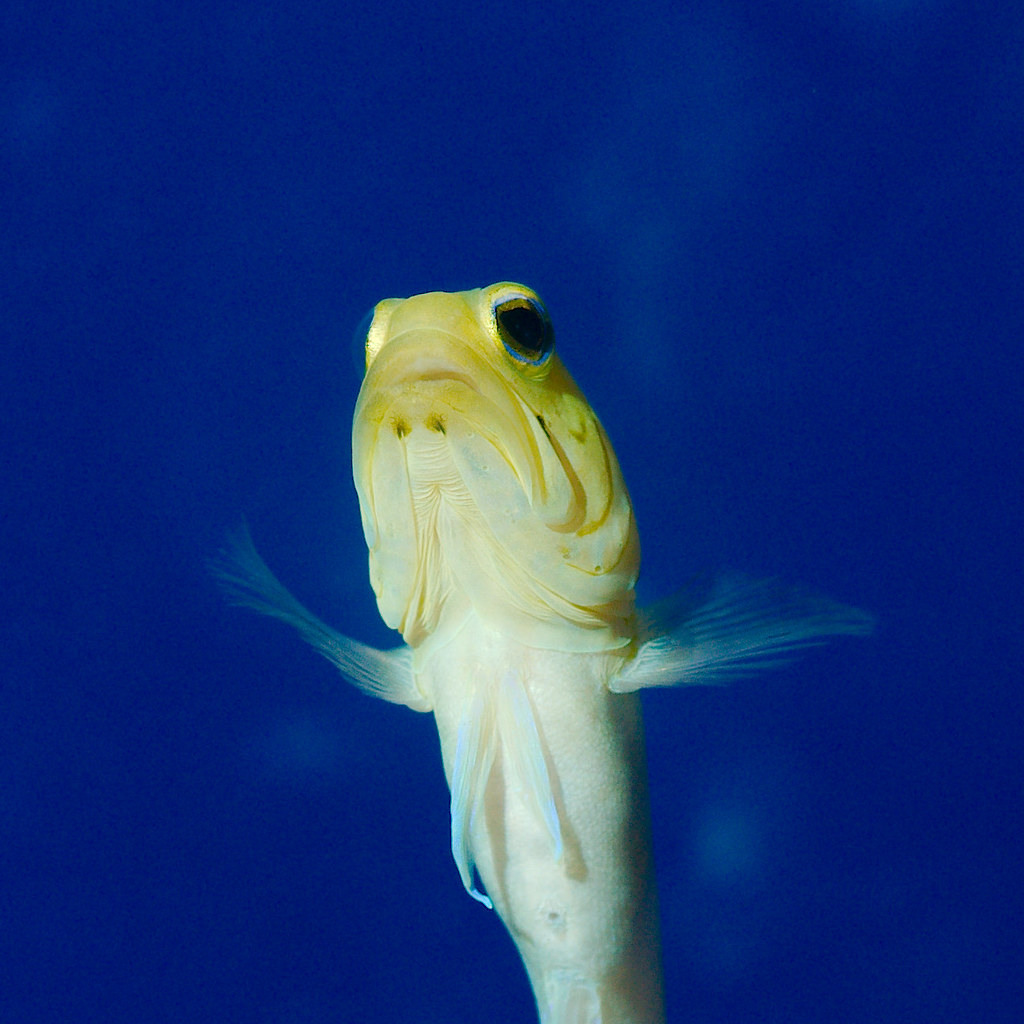
This fish might be a goby. It might be something else. It might be defending its burrow, it might be advertising for a mate. If it is advertising for a mate, it might decide to be either male or female, or it might decide to sneak into someone else’s mating session and provide a contribution. Frankly, there is too much uncertainty involving this fish and it should be thrown back. (Though if it’s a frillfin goby, it might jump back, so check for that first.)
Fish

Taking photos through an aquarium is difficult. The lens must be directly parallel on the “glass” to prevent “fringing”, or the rainbow effect you get from different frequencies of light refracting at different angles. Additionally, there is spillover from the flashes themselves. On old plastic (as seen here), every scratch or imperfection glows. You can get around this with little things by placing the lens and/or flashes directly against the glass and shooting such that no light spills onto the surface you’re surfing through. This is harder with bigger animals like this fish. Here, I had to set the flashes to a fairly tight field of view and hope the fish didn’t move too much as I set up and took the shot. As you can see, it could have worked better. It also helps to clean the glass. The older it is, though, the less well that works. What I need to do it better is some sort of angled “snoot” that allows for better light blocking. I have started some experiments with ThinkingPutty to make some of my own in the field. They’re working well, but as you can see, I need more practice.
